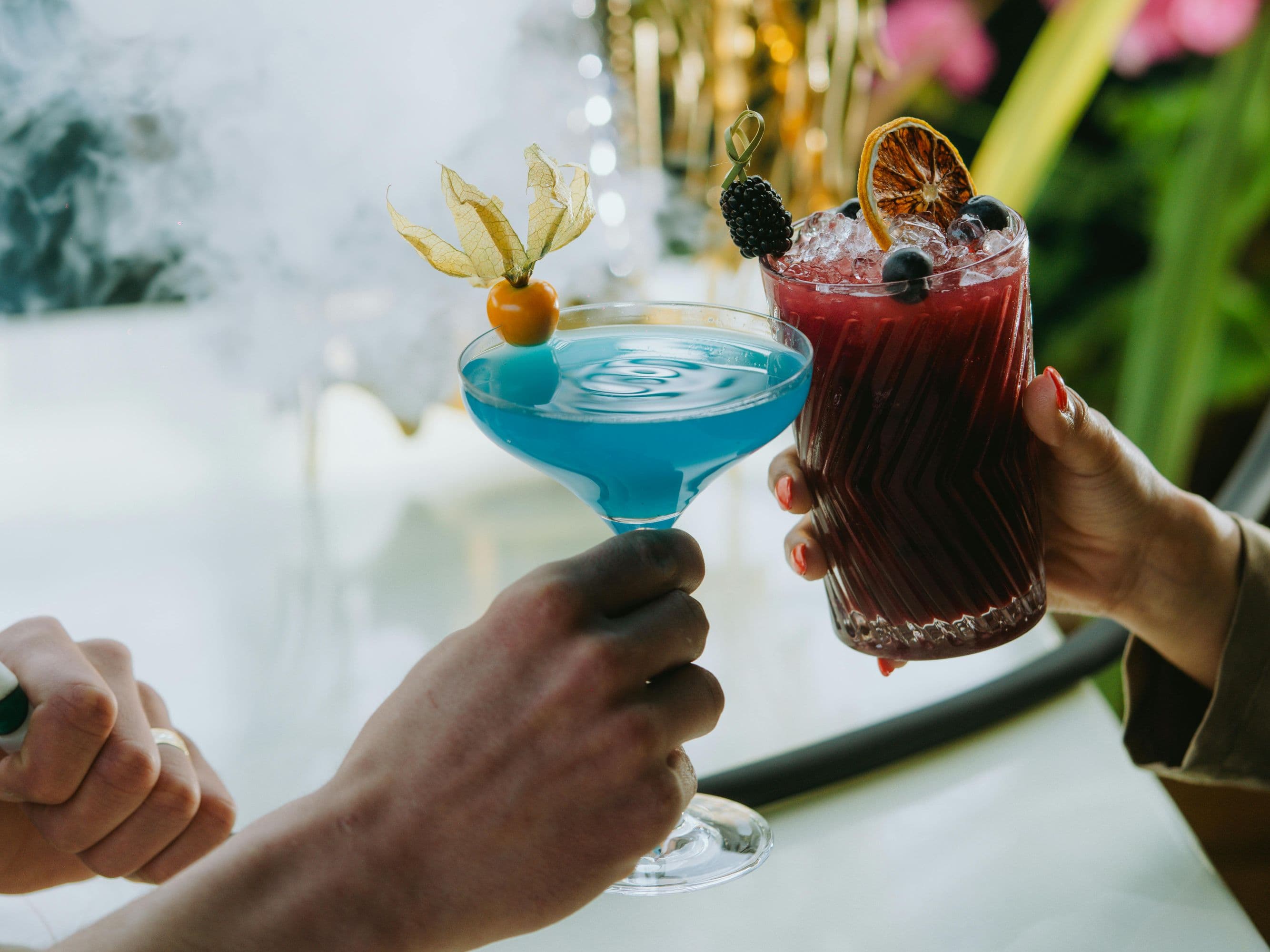Zero-Waste Bartending: 6 Tips For Beginners To Adopt On Earth Day
Zero-waste bartending is essentially more than just about minimising waste. It is also about using fresh produce in creative and imaginative ways so that ingredients which are deemed waste can in fact become central to a drink’s character. For novice bartenders keen to follow a more ecologically friendly way of approaching mixology, zero-waste bartending is one of the finest alternatives to make the most of ingredient flavours in sustainable ways.
However, going about this process can be slightly tricky. Not only does one have to be mindful of minimising waste but also focus on extracting flavours and aromas from the ingredients being repurposed or reused. All of this can become overwhelming for a bartender new to the realm of mixing drinks.
Read on below to know more about some easy tips that novice bartenders can follow to practice conscious, ecologically friendly ways of bartending, this Earth Day:
Peel To Pit And Root To Stem Use
One among the different hacks involved in practising zero-waste bartending is extracting maximum flavour from the fresh ingredients being incorporated into drinks. This means using every part of the fruits and veggies that are essential for blending cocktails and mocktails. While peels and rinds can be macerated using sugar for making candied garnishes, pineapple cores and other fruit pits such as apricots and cherries can be used to prepare infused spirits and mixers. This way, each element of the produce will be incorporated in making drinks containing pronounced flavours of these fruity ingredients.

Repurpose Leftovers
Often enough, a bottle of champagne or sparkling tonic water would be opened for making a cocktail but when the bubbles flatten, these can no longer be used to top drinks. Now, such leftover ingredients can be repurposed in the practice of zero-waste bartending to turn them into syrups or infused vinegar for use in several culinary as well as mixology preparations.
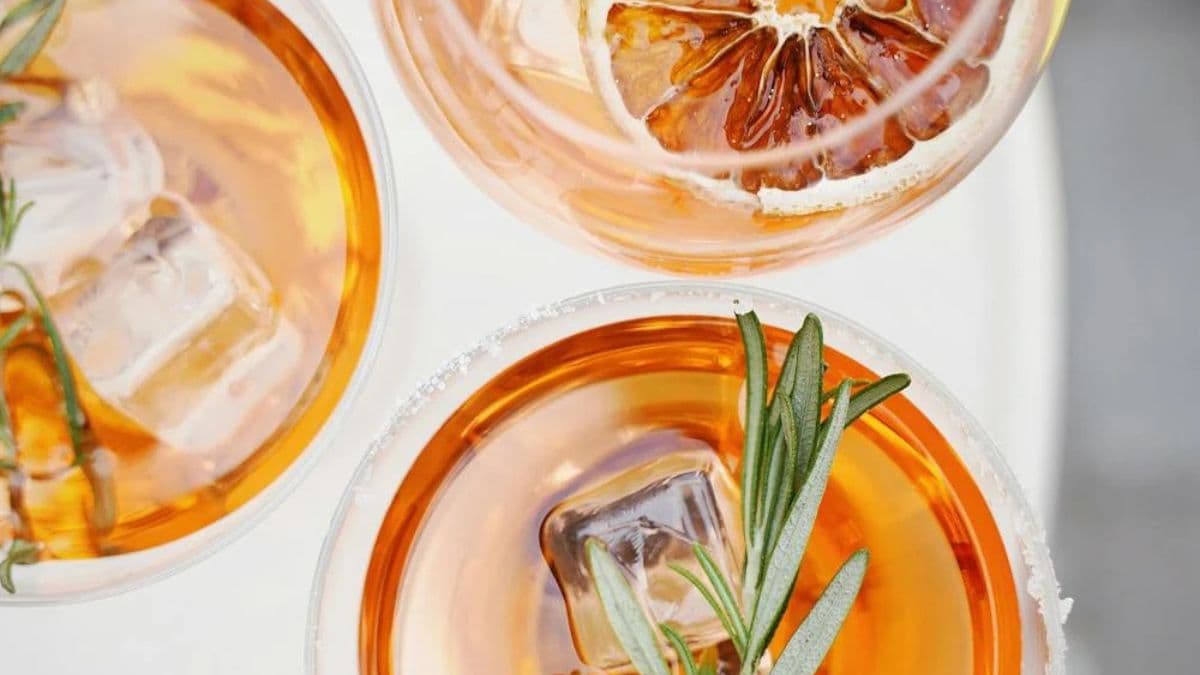
Sustainable Ice And Garnish Alternatives
Instead of cutting up fresh lemon wedges or fruit slices for garnishing, look for more sustainable processes that will cut down on waste while maximising flavour. One way to go about this is to use garnishes such as edible flowers, fresh herbs and leftover peels. These ingredients are full of really potent tastes that add more flavour to blends. As well, slightly larger ice cubes can also be crafted using leftover peels, fruit chunks and herbs that are aesthetic enough to work as garnishes.
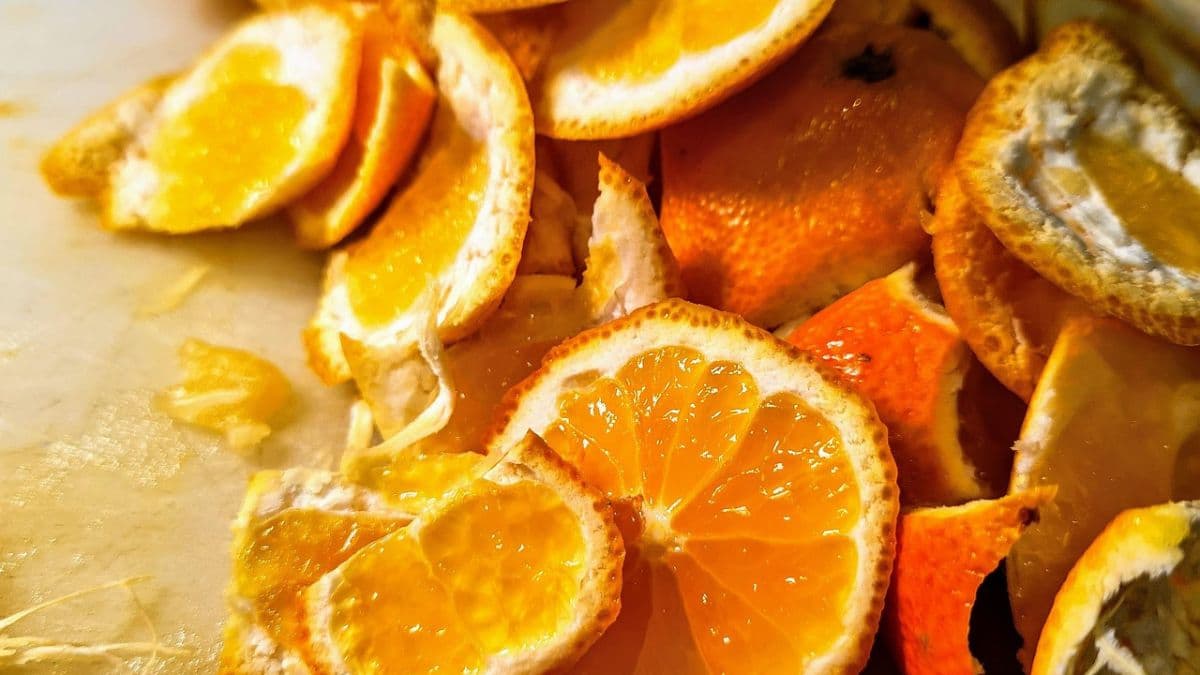
Dehydrate Fruits And Herbs
An interesting method of practising zero-waste bartending is to dehydrate leftover fruits and herbs so they can be stored on a bartender’s shelf for longer periods. Dehydrated fruit chunks or herb stalks contain pronounced flavours that can be muddled into drinks or infused into recipes in the form of garnishes. Flower petals can also be dehydrated and stored in jars to imbue drinks with a floral effect.
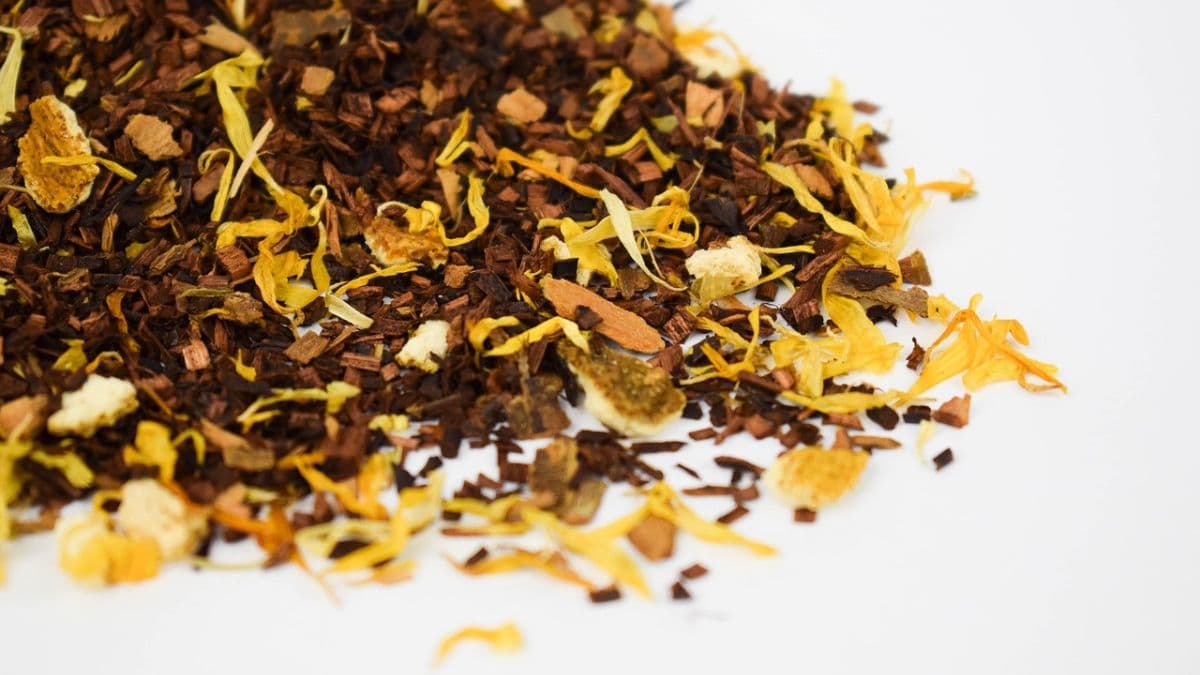
Locally Produced Spirits And Ingredients
One of the broader aspects of zero-waste, sustainable bartending is to use locally produced ingredients to cut down on the resources that are employed to bring produce from the store to the bar. This means opting for spirits that are crafted by local brewers and sourcing ingredients found readily in a region. With this, the blends produced acquire a standalone, local touch complete with lots of regional flavour.
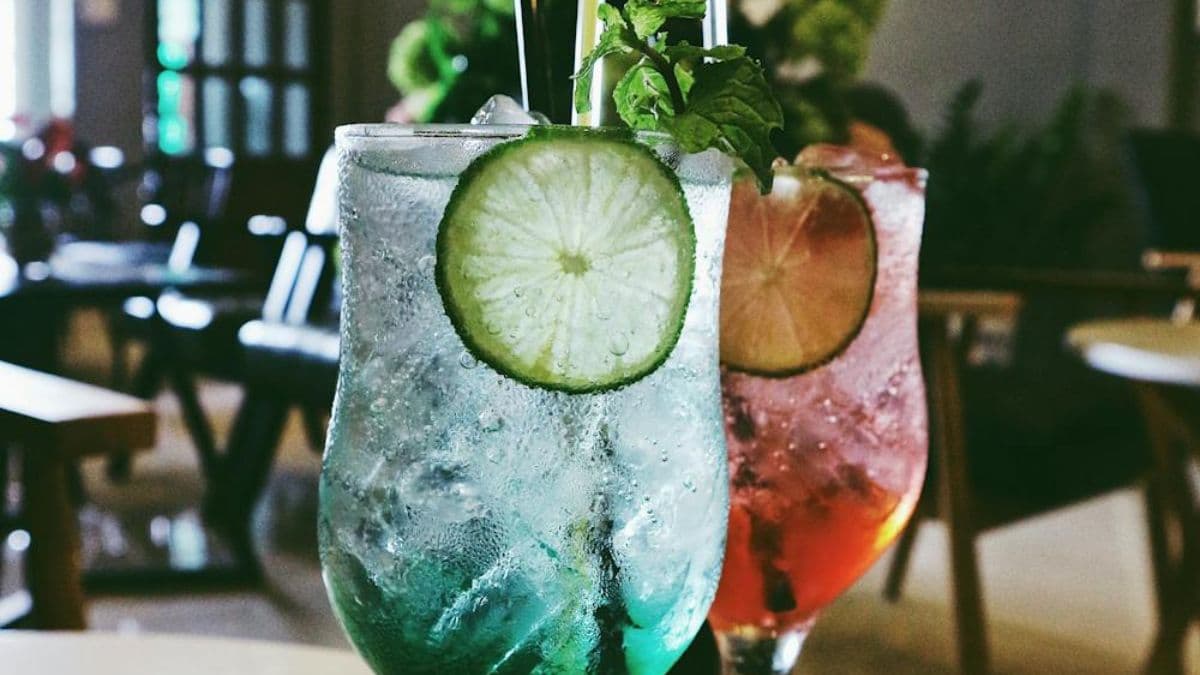
Reusable Glassware And Barware
Do away with single use shakers, muddlers and stirrers and opt for sturdy bartending tools to blend drinks. Zero-waste bartending means choosing sustainable glassware too, so cocktails can be served either in wooden tumblers, steel containers or cocktail glasses that can be washed, cleaned and reused. Go for steel straws and cocktail shakers as well as reusable decoratives that last longer.
Drink Responsibly. This communication is for audiences above the age of 25.

